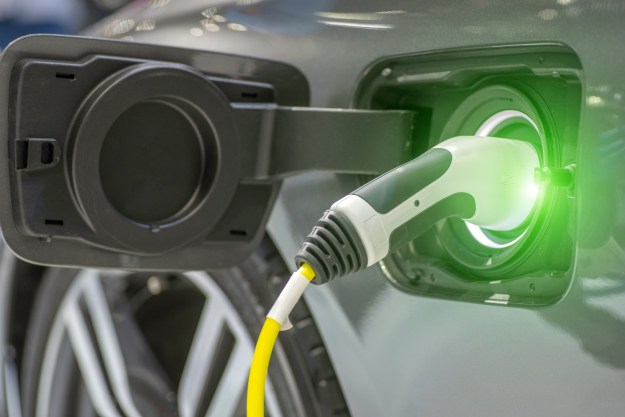When Texas Governor Greg Abbott signs state House Bill 1631 into law, he will bring a halt to red light cameras in the state. Because Abbott campaigned against the technology when he ran for office, Texans assume his signature on the bill is a done deal, according to the Dallas News.
The state Senate approved Texas House Bill 1631 prohibiting photographic traffic signal enforcement systems. The deciding vote on the law was 23 to 8.
The central issue in the bill’s passage is the technology’s presumption of guilt. According to Texas Senator Bob Hall, the bill’s sponsor, “Red light cameras violate the right to due process by creating a presumption that the registered owner of the car committed a violation.”
Red light camera (RLC) sensors detect cars that run or speed through red lights. The cameras capture photos of offending vehicle license plates and the system levies fines automatically. The traffic cams detect, decide, and sentence without human intervention. When vehicle owners receive the fines in the mail, that’s often the first notice they have that a crime was committed — whether or not they were driving at the time.
But what about public safety, the original reason for installing RLCs? Do photographic enforcement systems make streets safer?
A 2017 study of traffic cam safety benefits at the Northwestern University Transportation Center reported mixed results. The study found that with red light camera systems in place, the number of angle crashes dropped 19%, but the incidence of rear-end crashes increased by 14%. The net result isn’t a 5% difference. Rear-end collisions without traffic cams were less frequent than T-bone type accidents. So there are fewer accidents with fewer injuries and lower financial damage with red light cameras.
Damage and injuries from rear-end crashes are less severe than with angle crashes. The Northwestern study concluded, “Quantitative studies conducted in this project demonstrate significant safety benefits of the current RLC program.”
And then there’s the whole issue of money. Controversy about the revenues from red light camera systems assuming greater importance than safety has raged for years. From 2007 to 2010, Texas cities reaped more than $100 million from RLC fines. In 2018, Dallas — a city that famously supports RLCs — took in $5.8 million from the penalties, the Dallas News reports. Dallas splits the proceeds 50-50 between the city and Texas hospital trauma centers.
Even if, or more likely when, Governor Abbott signs House Bill 1631, however, that doesn’t mean red light cameras will disappear from Texas cities overnight, or even within a year. An amendment passed with the bill allows municipalities to continue to use photographic traffic enforcement systems until contracts signed as of May 5, 2019, expire. In 2017, Dallas extended its RLC contract until 2024, Texas TV NBC-DFW reports.



